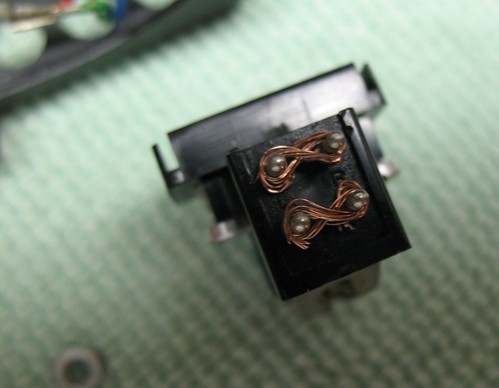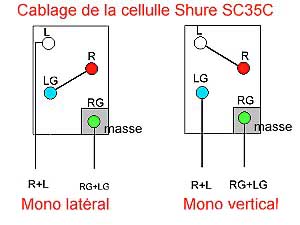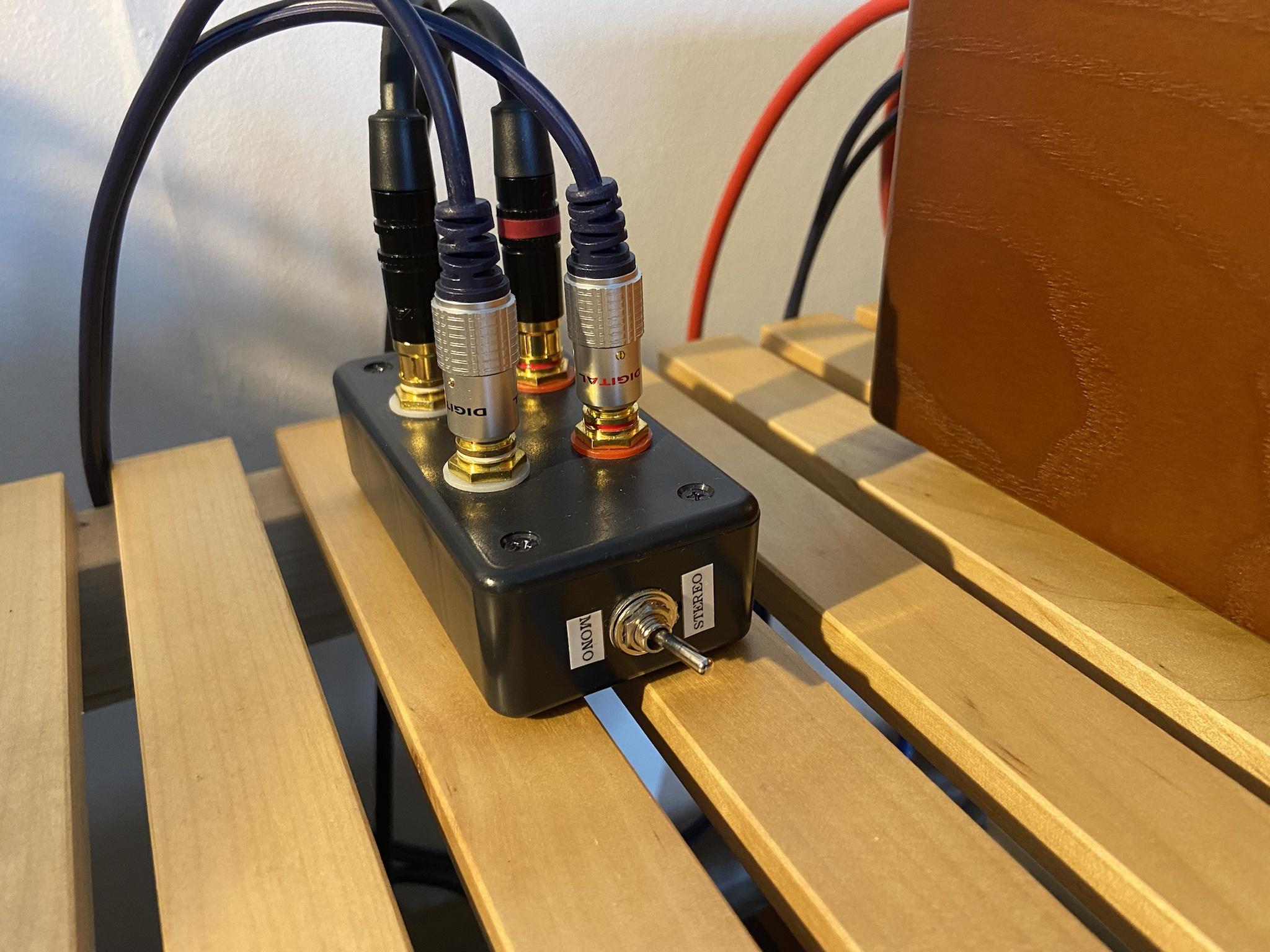Big Tabs
looking backwards, going forwards
Is it possible to wire an Audio Technica VM95C (conical stylus) so that it works as a mono cartridge for 1950’s - 1960’s 33-1/3 Mono L.P’s?
I don’t have a mono button on any of my amps.
I do not require the cartridge to play 78’s - I have an old Hacker record reproducer for that.
The Y-connection thing that I have read about is too complicated for my head, unless there is a commercially available thing that I can buy.
The cheap AT VM95C seems a reasonable choice for this - I don’t want to spend loads for the few jazz vocal albums that I have, but I would like to know if I can do better than the stereo cartridges I have.
A simple drawing / diagram of cartridge with what needs connecting were would be grand, or a link to same - if it exists.
Muchos grassyarse in advance.
I don’t have a mono button on any of my amps.
I do not require the cartridge to play 78’s - I have an old Hacker record reproducer for that.
The Y-connection thing that I have read about is too complicated for my head, unless there is a commercially available thing that I can buy.
The cheap AT VM95C seems a reasonable choice for this - I don’t want to spend loads for the few jazz vocal albums that I have, but I would like to know if I can do better than the stereo cartridges I have.
A simple drawing / diagram of cartridge with what needs connecting were would be grand, or a link to same - if it exists.
Muchos grassyarse in advance.





